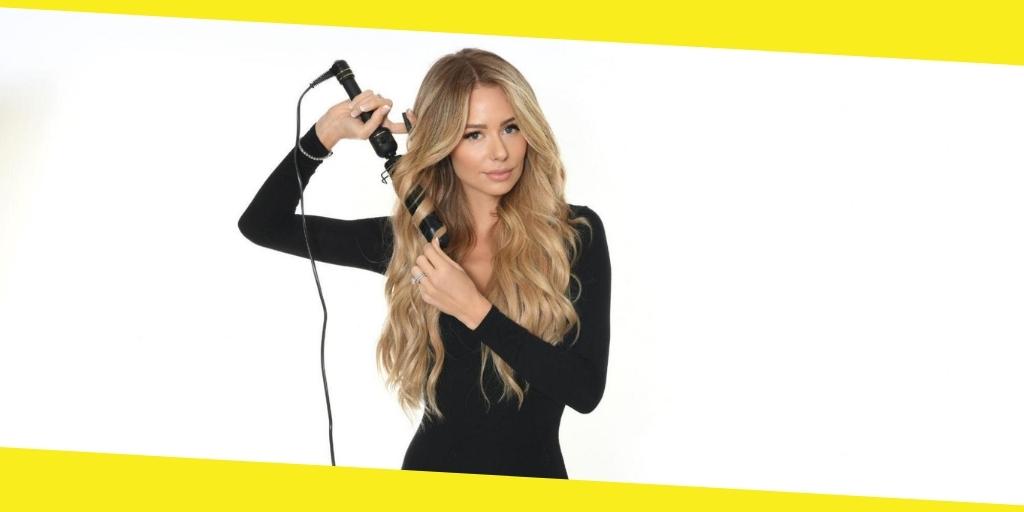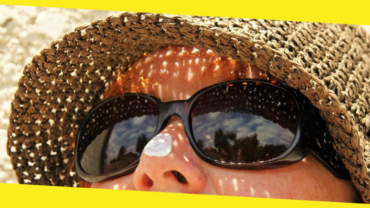Different Kinds of Hair Extensions and How to Style Them
This post was last updated on January 17th, 2024

Your hair has the power to turn heads and make people’s jaws drop. It is one of the first things people notice when you walk into a room. Thanks to a wide range of innovative hair products like clip in hair extensions, the hairstyling industry is flourishing. Extensions have found their place not only in personal styling but also in the modeling and film industry. Many actresses and models use extensions to get a new look instantly.
If you are still new to the world of hairstyling, this article will tell you everything that you need to know about hair extensions. Here are different hair extensions and how you can style the extensions.
Contents
ToggleTypes of Hair Extensions
Hair extensions have been around for ages, but today’s versions are produced with extreme precision and greater hair quality, blending in seamlessly with your original hair. They’re used to give hair more volume and beauty. As a result, they come in various colors, textures, and hair types. Hair extensions are classified into several categories based on how they are applied, and here are a few examples.
#1. Tape-In
Tape-in extensions have bonded tapes on the upper end that adhere to your hair correctly. They’ll probably need to be applied by a hairstylist because they need to be aligned with your hair and heated using a heated instrument. You’ll also need a glue remover to get rid of them once they’ve been used. Because the procedure combines glue and heat, your hair may get damaged.
#2. Sew-In/ Weaves
Weaves are created by braiding or cornrowing your hair and weaving it into the braids with a needle. These are preferable for individuals with thick hair because they hold it better. Weaves take a few hours to apply, and they’re securely woven into your braids, putting more strain on your scalp. You may also hire a skilled hairdresser to use them.
#3. Clip-In
Clip in hair extensions are attached to the hair at the top with clips. The clips are easily attached to your natural hair and adjusted as needed. They are pretty simple to put on and take off, and installing the clips takes only a few minutes. They are also the least harmful because your hair is not damaged by chemicals, dyes, heat, or pressure. They come in various colors and instantly give your hair extra volume and flair.
#4. Microlink
These are applied using silicone-lined beads to attach tiny wefts of hair to parts of your hair. Although the tightened beads do not harm your hair, they can pressure the strands.
Some other types of extensions are pre-bonded and wigs. You can put them to use based on your needs.
Recommended: Advantages of Hair Extensions with Clips
How to Style Hair Extensions?
Most hair extensions are made from natural human hair, often known as 100 percent Remy hair. They are produced from human hair gathered from various donors. On the other hand, synthetic hair extensions do not contain natural human hair and are synthetic fibers that mimic the natural hair structure. Because of the differences in texture and volume, the color and styling of both types differ. Because Remy hair extensions are made of natural hair, you can color, straighten, blow-dry, or curl them. You can do whatever you would do with your hair, which synthetic hair extensions do not allow you to do.
Because synthetic extensions are constructed of synthetic fibers and plastics, heat treatments such as curling or straightening are not options. Many hair colors contain bleach or ammonia, which can cause damage to the fibers.
Now that you know everything about hair extensions, it’s time you get one for yourself. Just make sure you get the ones that match the color and texture of your hair.
Recommended For You
5 Ways to Reduce Your Rosacea Flare-Ups
Most Inside
Most Inside offers high-quality recommendations and valuable updates to enhance all aspects of your life, providing premium guidance and enriching experiences.




